Popular
How to Build the Perfect Oral Care Routine in 2025
Jul 30
Why Your Gums Bleed and How to Fix It Fast in 2025
Jul 30
Top 5 Oral Care Mistakes and How BrushO Fixes Them
Jul 29
What Makes a Toothbrush “Smart”?
Jul 22
BrushO Smart Toothbrush: Gentle, Powerful, Travel-Friendly
Jul 19
BrushO: The Future of Smart Oral Care—Redefining the Way You Brush
Jul 17
Back
Why You Should Replace Your Brush Head OftenNov 3
Nov 3
Think your toothbrush head can last a year? Think again. Using the same brush head for too long can seriously compromise your dental hygiene—and possibly your health. Worn bristles can’t clean properly, harbor bacteria, and may even damage your gums. In this article, we’ll explain why regular brush head replacement is essential, how often you really need to change it, and how BrushO’s free brush head program makes it easier than ever to stay protected and save money.
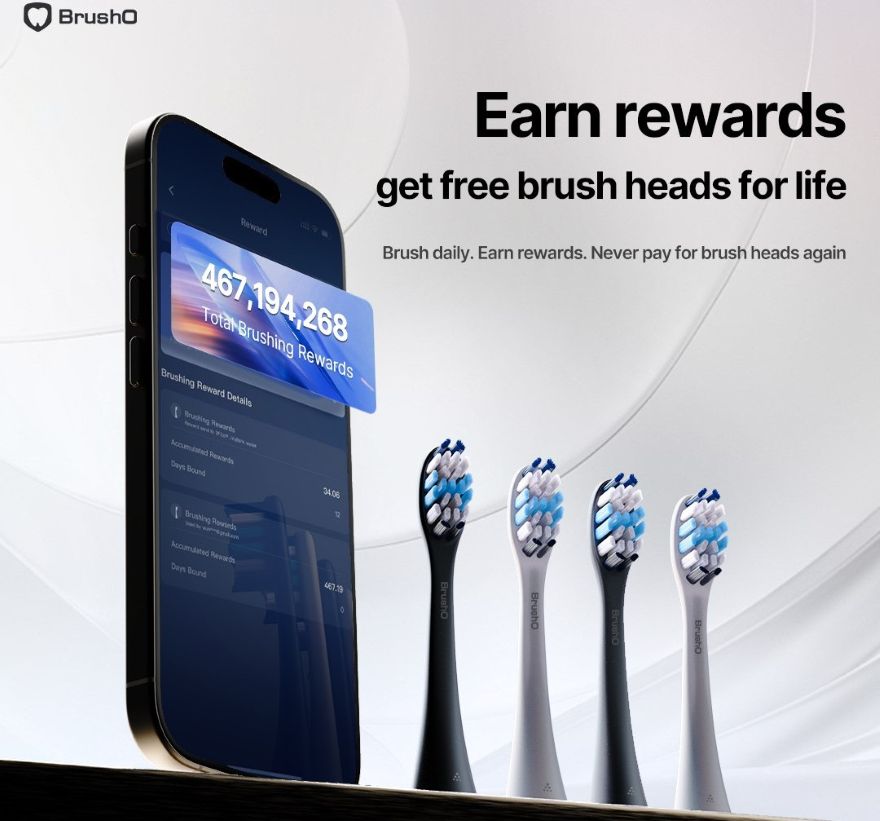
What Happens When You Don’t Replace Your Brush Head
Ineffective Cleaning
Over time, bristles lose their shape and stiffness, which reduces their ability to remove plaque and debris. A brush head that looks “fine” may have already lost 30%–40% of its cleaning effectiveness.
Bacteria Build-Up
Old brush heads can become breeding grounds for millions of bacteria. The moist environment, combined with leftover toothpaste and mouth bacteria, creates the perfect space for microbial growth—even mold in some cases.
Gum and Enamel Damage
Frayed bristles not only clean less effectively, but they can also irritate your gums and wear down tooth enamel. If you’re brushing twice daily with a worn head, you might be hurting your teeth more than helping.
How Often Should You Replace a Toothbrush Head?
According to the American Dental Association (ADA), brush heads should be replaced every 3 months. You should also replace it sooner if:
The bristles look worn or splayed
You’ve recently been sick (e.g., flu, cold, strep throat)
The head has been dropped or exposed to contamination
🦷 Pro tip: With BrushO, your smart toothbrush reminds you when it’s time to replace the brush head—so you’ll never forget again.
Why Most People Forget to Replace Their Brush Heads
Let’s be honest—it’s easy to forget. Most of us don’t mark a calendar or set reminders. Some assume that unless the bristles are obviously damaged, it’s fine. But even if your brush head looks okay, its microscopic wear can already be putting your teeth at risk.
BrushO’s Lifetime Free Brush Head Program
BrushO solves this problem with an industry-disrupting model: you get free brush heads for life.
How It Works
Use BrushO to brush your teeth daily
Earn points for each brushing session via the BrushO app
Redeem points to claim free replacement brush heads
This means you’re rewarded for good habits—and never need to worry about overspending on essential care.
Other Benefits of Replacing Your Brush Head
Better Breath
Fresh bristles remove bacteria and plaque more effectively, leading to fresher breath and less buildup.
Healthier Gums
New brush heads are gentle on the gumline and better at reducing inflammation and preventing gingivitis.
Enhanced AI Tracking
BrushO’s smart system syncs better with fresh bristles, giving you more accurate feedback and reports.
Signs It’s Time to Replace Your Brush Head
Bristles are frayed or bent
Discoloration (bristles turning yellow or gray)
Unusual smell or sticky residue
Your app alerts you (if using a smart brush like BrushO)
It’s been over 3 months
Final Thoughts: Don’t Let Old Bristles Sabotage Your Smile
Replacing your toothbrush head isn’t just a hygiene tip—it’s a non-negotiable for good oral care. And with BrushO’s AI reminders and lifetime brush head plan, keeping your teeth protected has never been easier—or more affordable.
You’re not just brushing smarter—you’re brushing better, longer, and healthier.
Popular
How to Build the Perfect Oral Care Routine in 2025
Jul 30
Why Your Gums Bleed and How to Fix It Fast in 2025
Jul 30
Top 5 Oral Care Mistakes and How BrushO Fixes Them
Jul 29
What Makes a Toothbrush “Smart”?
Jul 22
BrushO Smart Toothbrush: Gentle, Powerful, Travel-Friendly
Jul 19
BrushO: The Future of Smart Oral Care—Redefining the Way You Brush
Jul 17
Recent Posts

How Your Sleep Position Can Affect Oral Health
Your sleep position could be harming your oral health without you knowing. Discover how the way you sleep affects your teeth, gums, and jaw — and what to do about it.

How Your Desk Job Is Hurting Your Oral Hygiene
Think your desk job has nothing to do with your teeth? Discover how sedentary office habits can harm your oral health — and how BrushO can help.
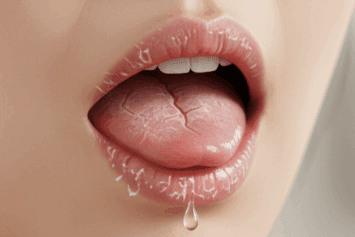
What Causes Dry Mouth
Discover the common causes of dry mouth, how it affects your oral health, and how to find relief. Learn how smart brushing with BrushO can support your saliva balance and improve comfort.
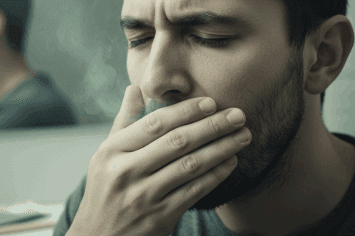
What Really Causes Bad Breath
Bad breath isn’t just embarrassing — it can be a sign of deeper oral health issues. Learn the real causes of bad breath and how BrushO helps eliminate them at the source.

The Dangers of Dry Brushing
Dry brushing might sound like a minimalist hack, but it can actually harm your teeth and gums over time. Learn why toothpaste matters and how BrushO ensures complete care.
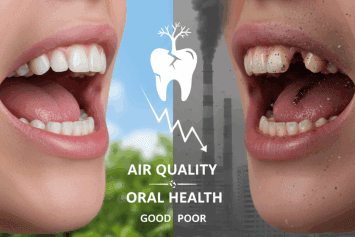
How Air Quality Affects Your Oral Health
Poor air quality doesn’t just harm your lungs — it can also damage your teeth and gums. Learn how pollution, allergens, and dry indoor air affect your oral health, and how BrushO helps you stay protected.

How Teeth Grinding Affects Your Brushing Routine
Teeth grinding, or bruxism, doesn’t just damage your teeth — it can silently ruin your brushing habits. Learn how to adjust your brushing routine with BrushO to protect your enamel and gum health.

Protect Your Teeth With BrushO
Protect your teeth better with BrushO — the AI-powered smart toothbrush that gives real-time feedback, monitors pressure, and ensures you never miss a spot. Discover the future of oral care today.

Brushing 2 Minutes With BrushO
Discover how BrushO transforms a basic 2-minute brushing session into an advanced, guided, and refreshing oral care experience. Powered by AI sensors, pressure monitoring, and zone-based feedback, BrushO ensures every second counts.
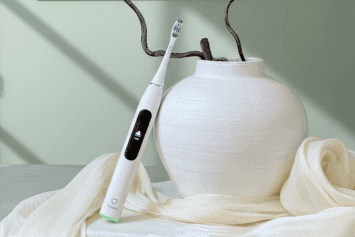
How to Store Your Toothbrush in a Shared Bathroom
Worried about storing your toothbrush in a shared bathroom? Discover the best hygienic practices, expert-backed tips, and how BrushO helps keep your brush safe and clean—even in communal spaces.
